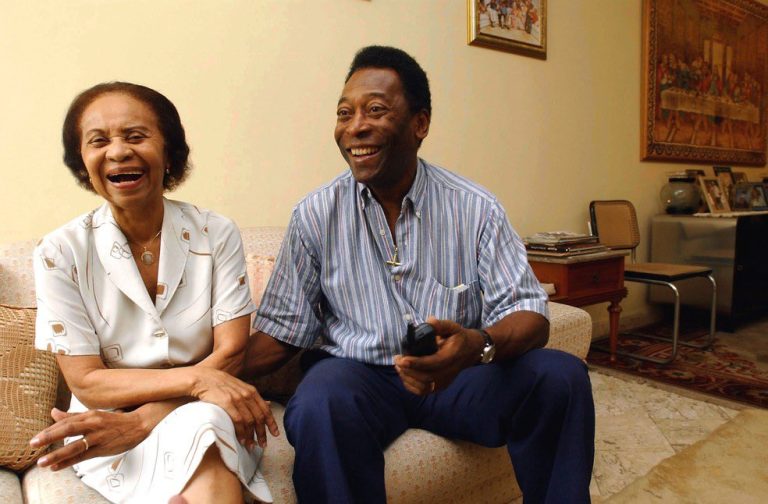Sambafoot provides a retrospective of all World Cup editions as a warm-up for the 2022 World Cup. This week, we’ll discuss the fourth edition, which took place in 1950.
The FIFA World Cup was revived in 1950 after a 12-year interruption caused by the Second World War (1939–45). Brazil was selected to host the world’s most prestigious football event, and the tournament returned to South American soil for the first time since the Uruguay Cup in 1930.
The Brazilians’ enthusiasm for the World Cup turned to disappointment as the tournament progressed. Following the poor devotion to the 1930 Cup, more European teams arrived, and even the two-time Italian winners attempted an extraordinary three-time triumph on that occasion. The essential aspects of how Brazil hosted the World Cup for the first time are detailed in this article.
Background of the 1950 World Cup
The fact that Europe was entirely unorganized following WWII was a major factor in FIFA’s decision to choose Brazil as the host nation for the 1950 World Cup. The South American nation was the only one that applied to host the event.
Because of Brazilians’ enthusiasm for football, the stadiums were ready. In terms of infrastructure and amenities, the event was deemed a success. Independência (Belo Horizonte), Vila Capanema (Curitiba), Eucaliptos (Porto Alegre), Ilha do Retiro (Recife), Pacaembu (Sao Paulo), and Maracanã (Rio de Janeiro) were among the six sites.
Group draw
The official draw for the competition, which was set to take place between June 24 and July 16, was conducted on May 22, 1950. Brazil, as the host nation, was the top seed and the competition’s first participant. Take a look at the list of hosts below.
- Brazil;
- Yugoslavia;
- Switzerland;
- Mexico.
Brazil’s campaign
Brazil enjoyed a flawless campaign leading up to the 1950 World Cup final — they didn’t lose a single game. Our squad, along with the champions of the other four groups, qualified for a quadrangular final after coming first in the group stage. Everyone would play against each other once during this round, with the leader emerging as the great champion
Brazil games before the decision
- Group stage: Brazil 4×0 Mexico, on June 24, at Maracanã (81 thousand people);
- Group stage: Brazil 2×2 Switzerland, on June 28, at Pacaembu (42 thousand people);
- Group stage: Brazil 2×0 Yugoslavia, on July 1, at Maracanã (142 thousand people);
- Final Foursquare: Brazil 7×1 Sweden, on July 9, at Maracanã (138 thousand people);
- Final Foursquare: Brazil 6×1 Spain, on July 13, at Maracanã (152 thousand people).
Disappointment in the grand final
After two losses in the quadrangular final’s first two games, Brazil might draw with Uruguay in the last match of the championship (on July 16), and still be crowned champion. The team relied on Ademir de Menezes, who was in fine form and completed the Cup as the leading scorer with nine goals.
Friaça scored the hosts’ first goal only two minutes into the second half. However, the audience were dismayed to see the Uruguayans turn the game around with goals from Schiaffino (21 minutes of the second half) and Ghiggia (45 minutes of the second half) (34 minutes of the final stretch).
The game became known as the Maracanazzo, and it is considered one of football’s greatest upsets. This is also due to the fact that over 200,000 people attended the match in the Maracanã stadium, making it the greatest football crowd ever.
Data and curiosities
- In the process, Uruguay became two-time World Cup champions, along with Italy.
- Brazil’s routs in the final quadrangular are still the biggest routs of Brazil in World Cups;
- The audience for the decision (200,000 people) is the largest audience in the history of world football;
- The top scorer of the Cup was Ademir de Menezes, from Brazil, with nine goals.
- Each match drew an average of 47 thousand spectators.



